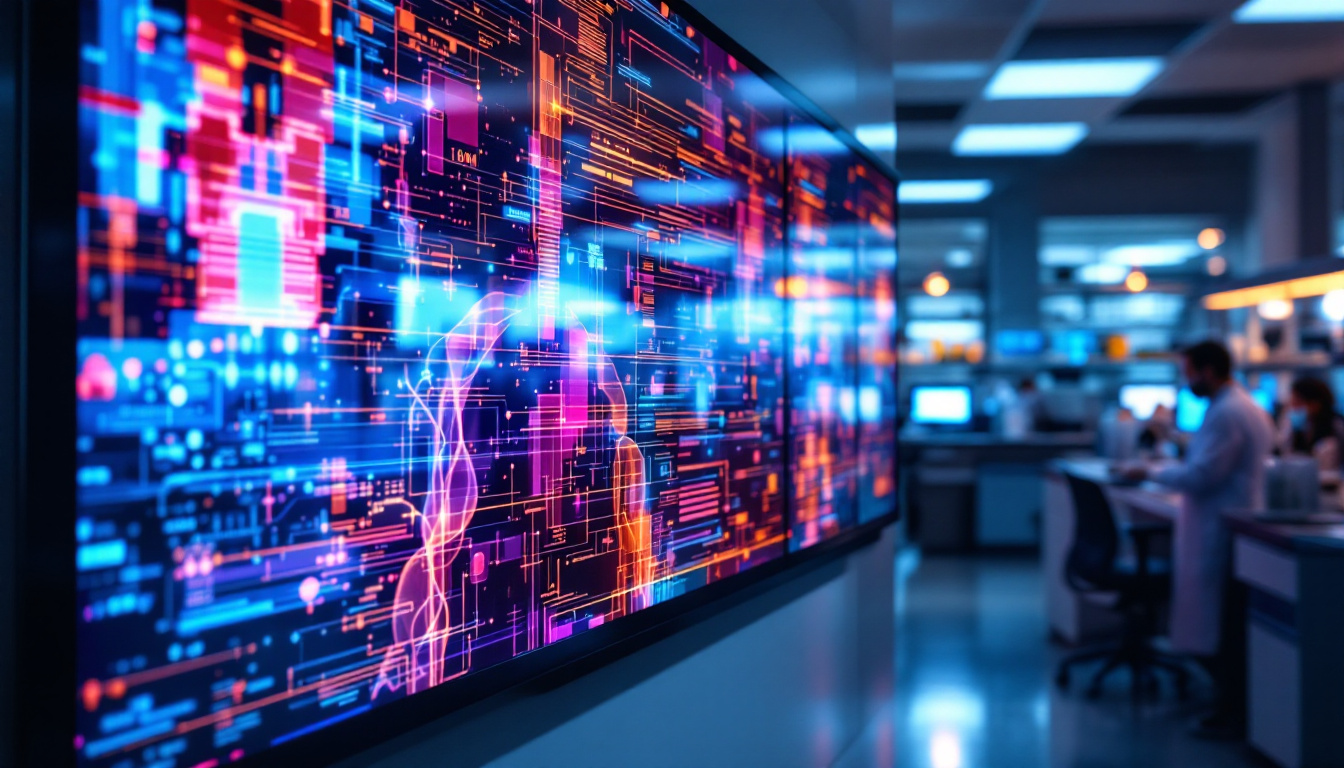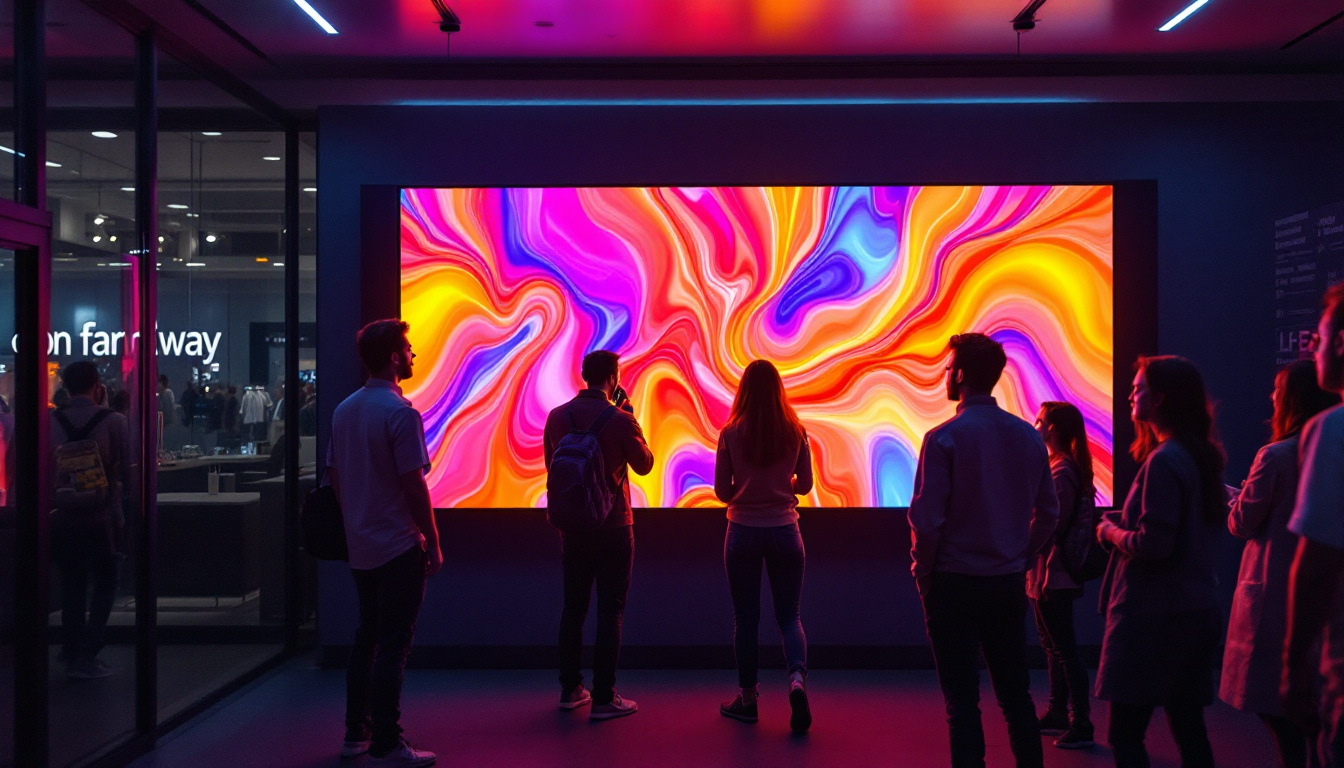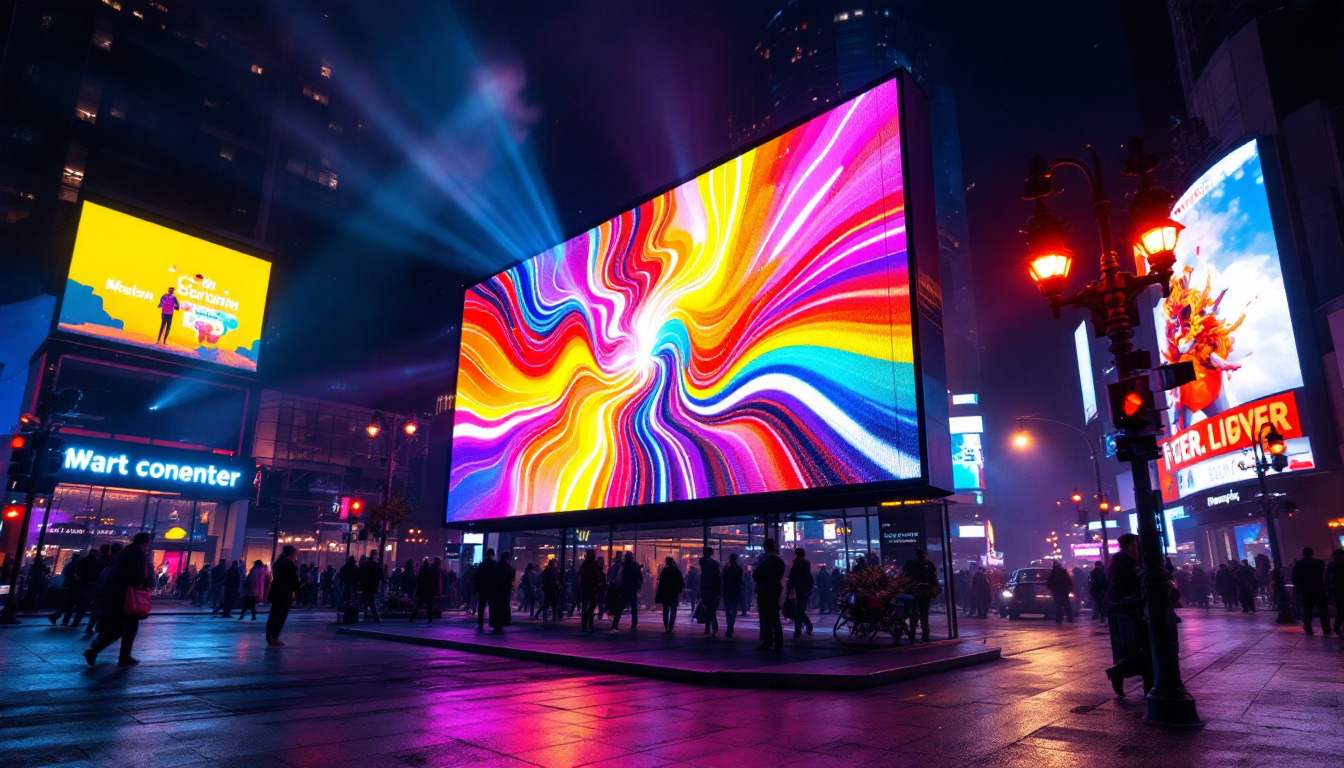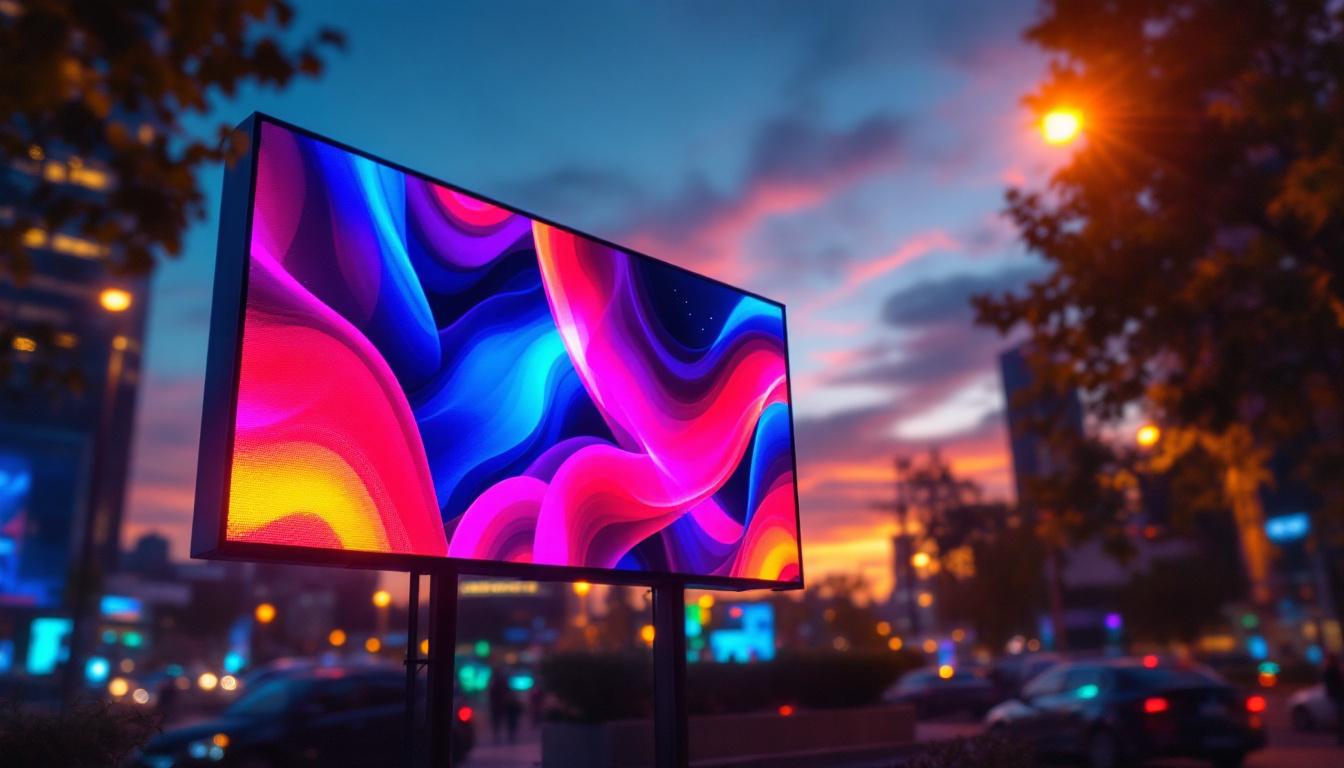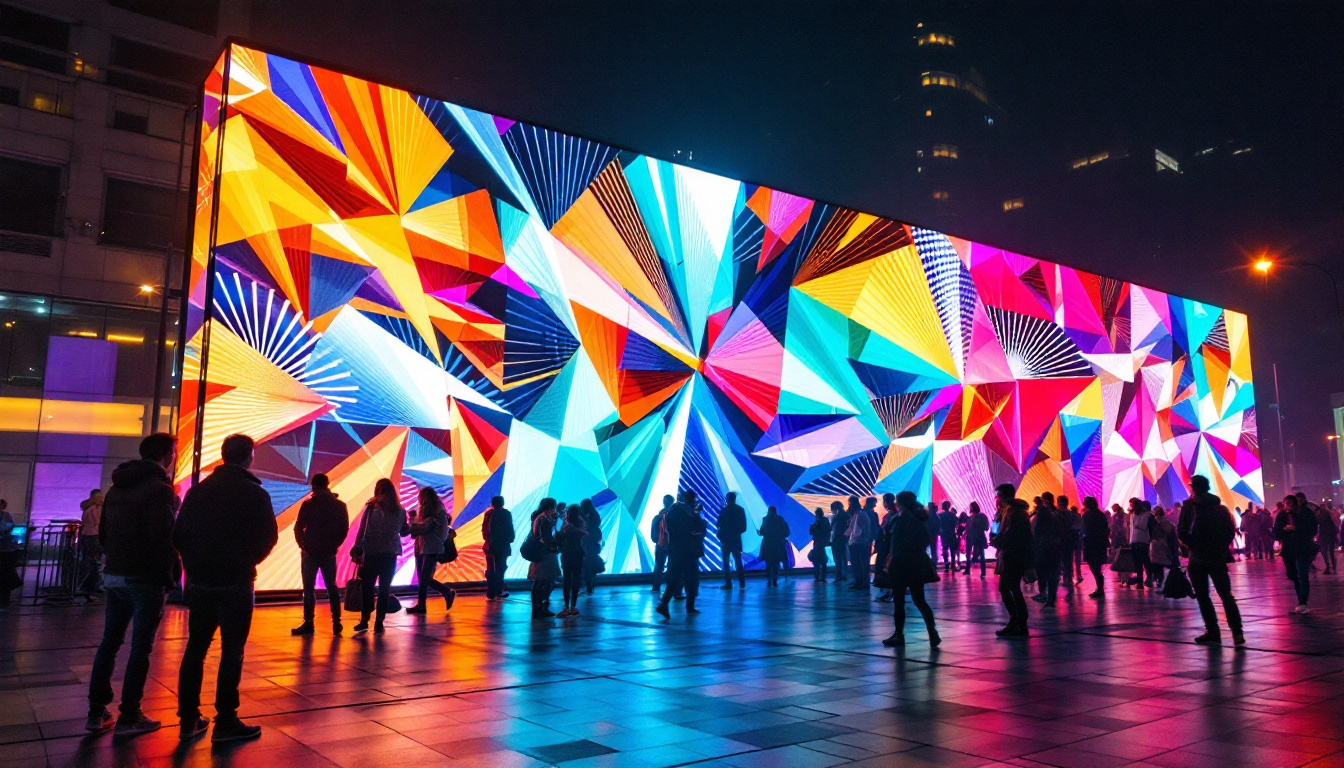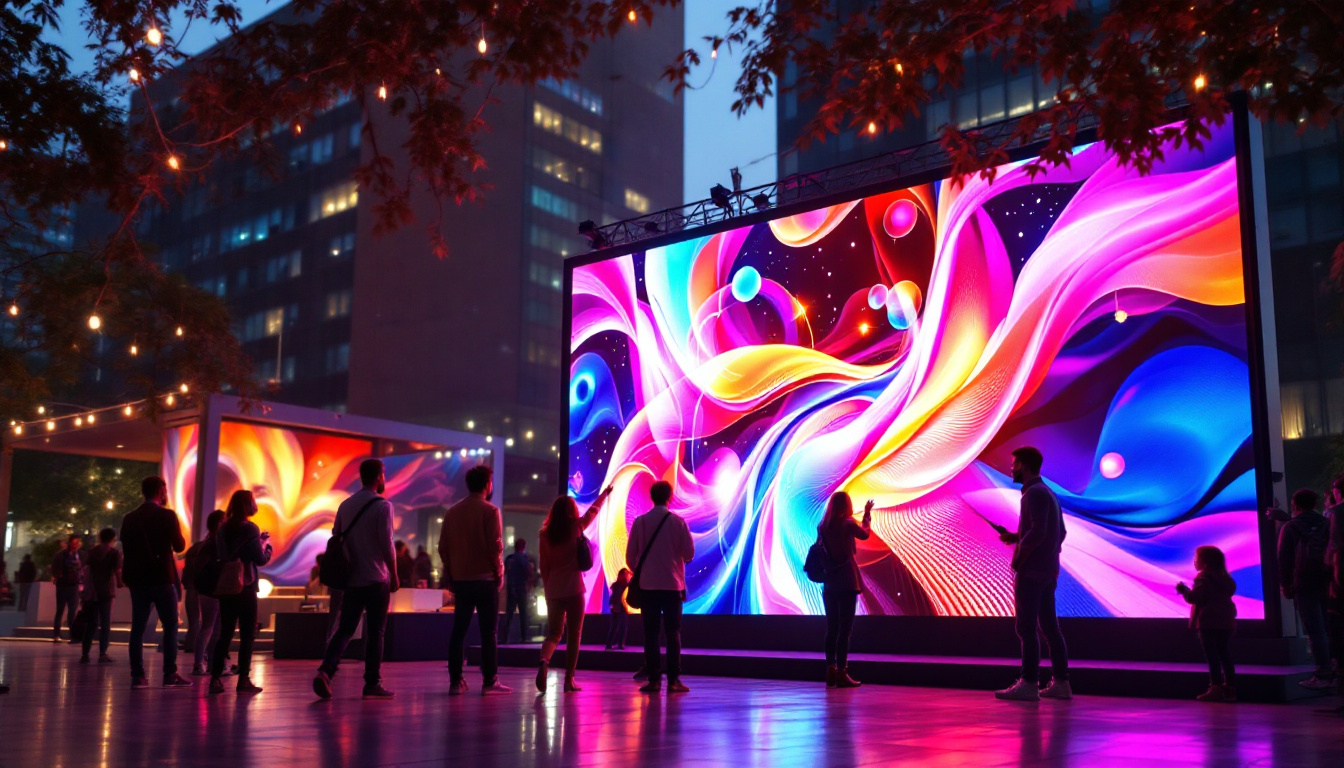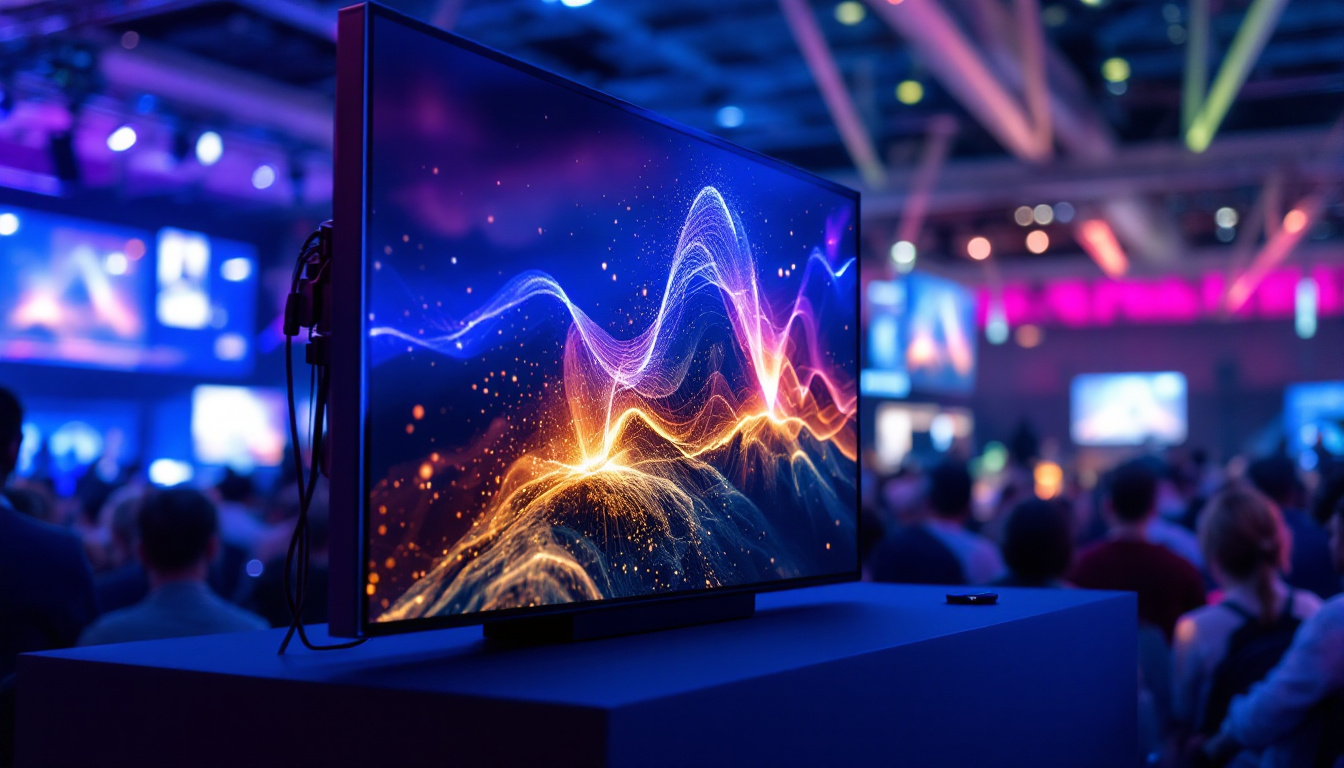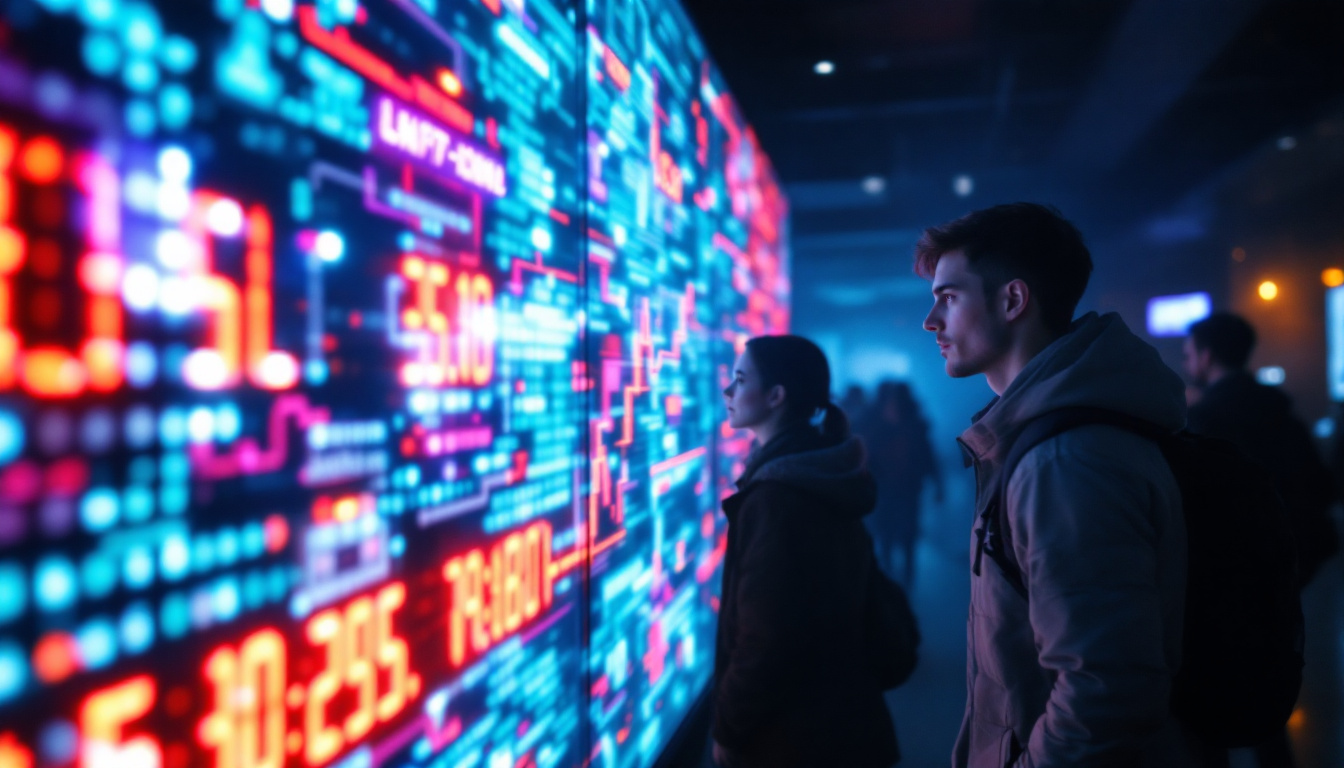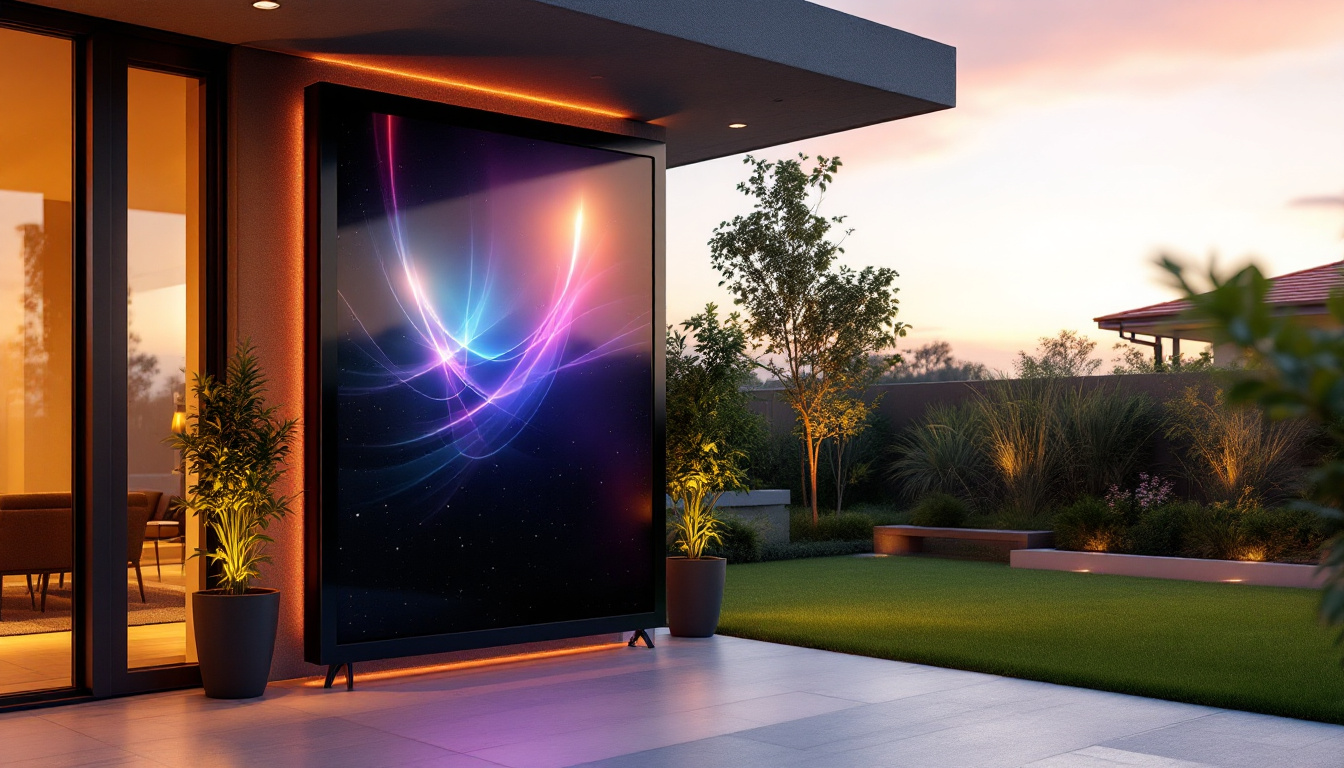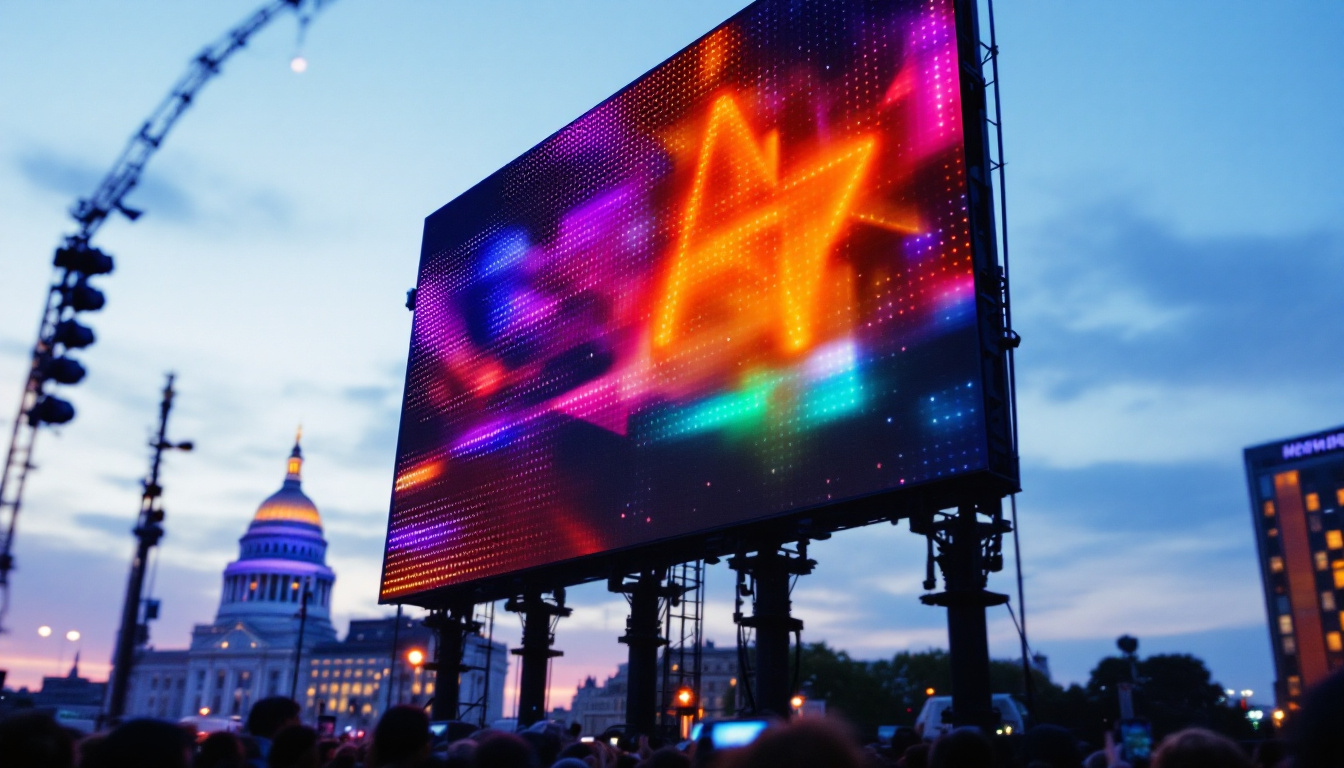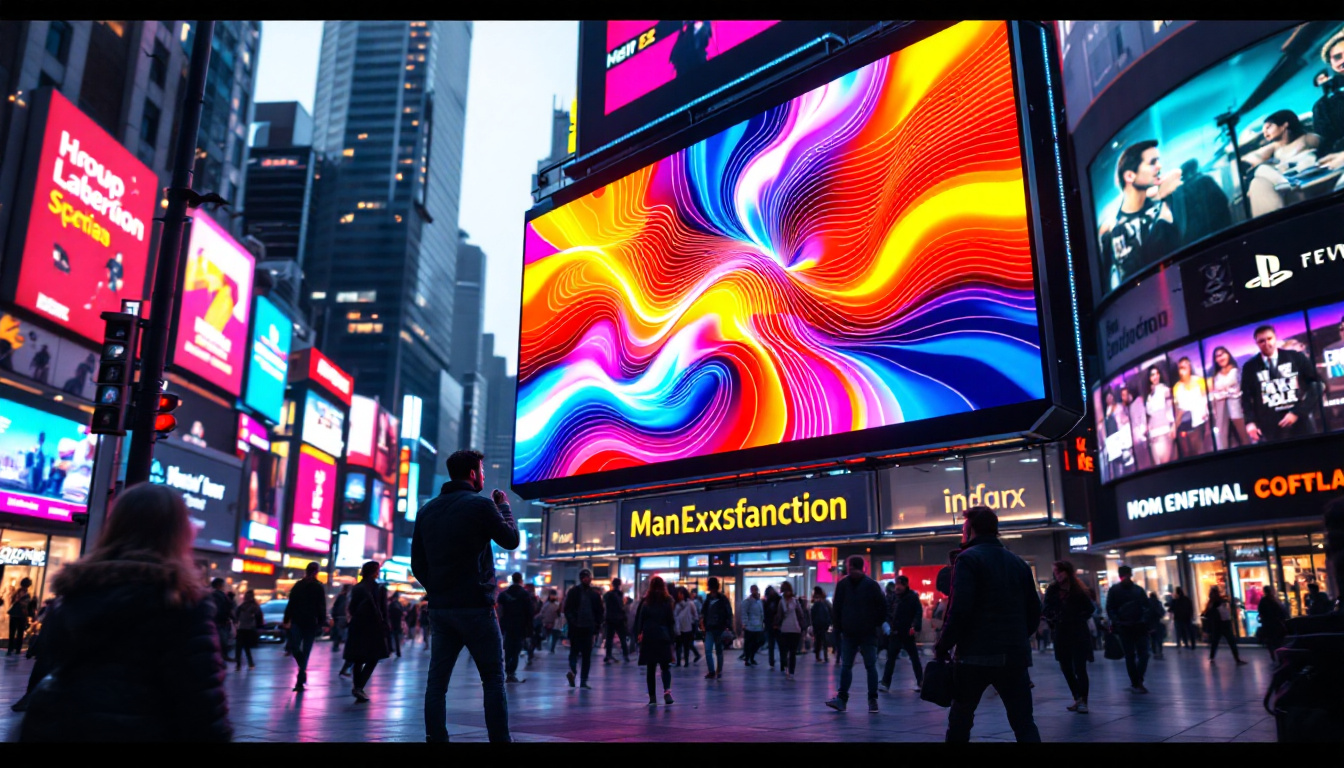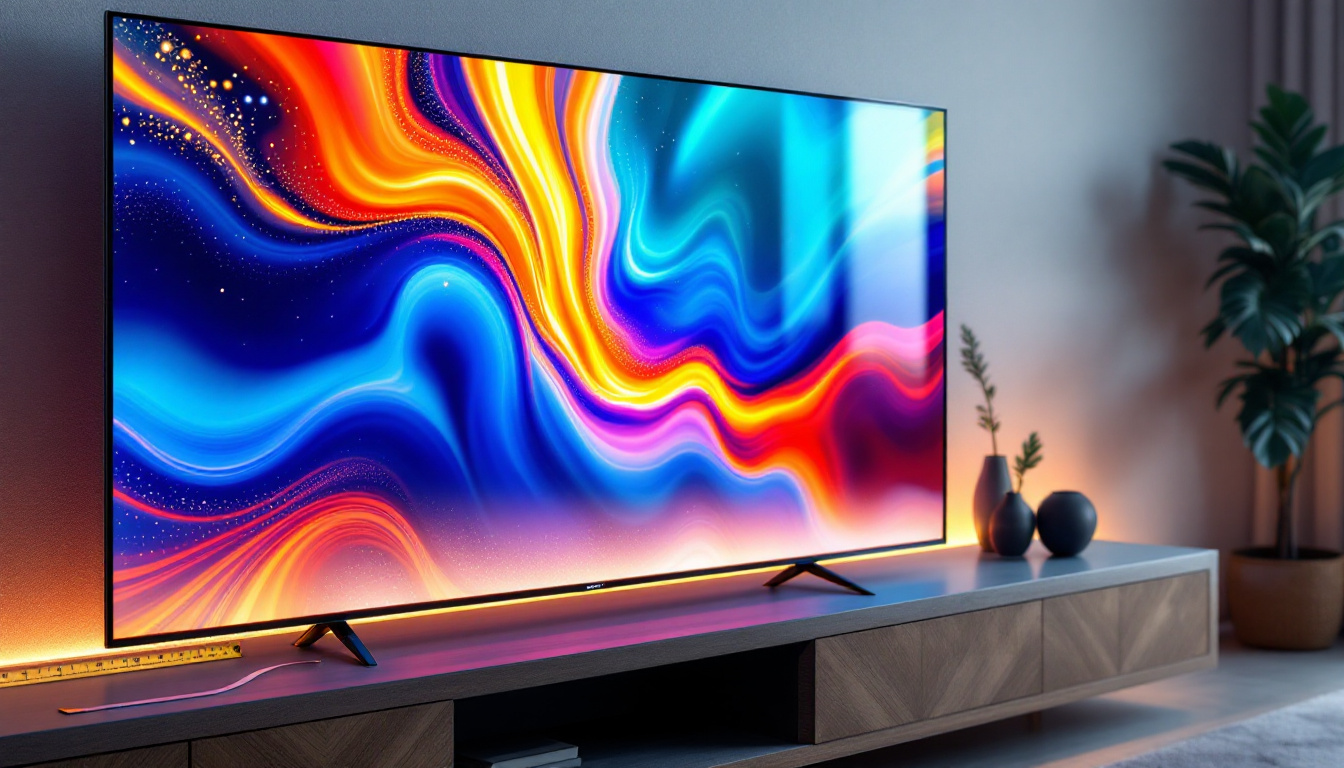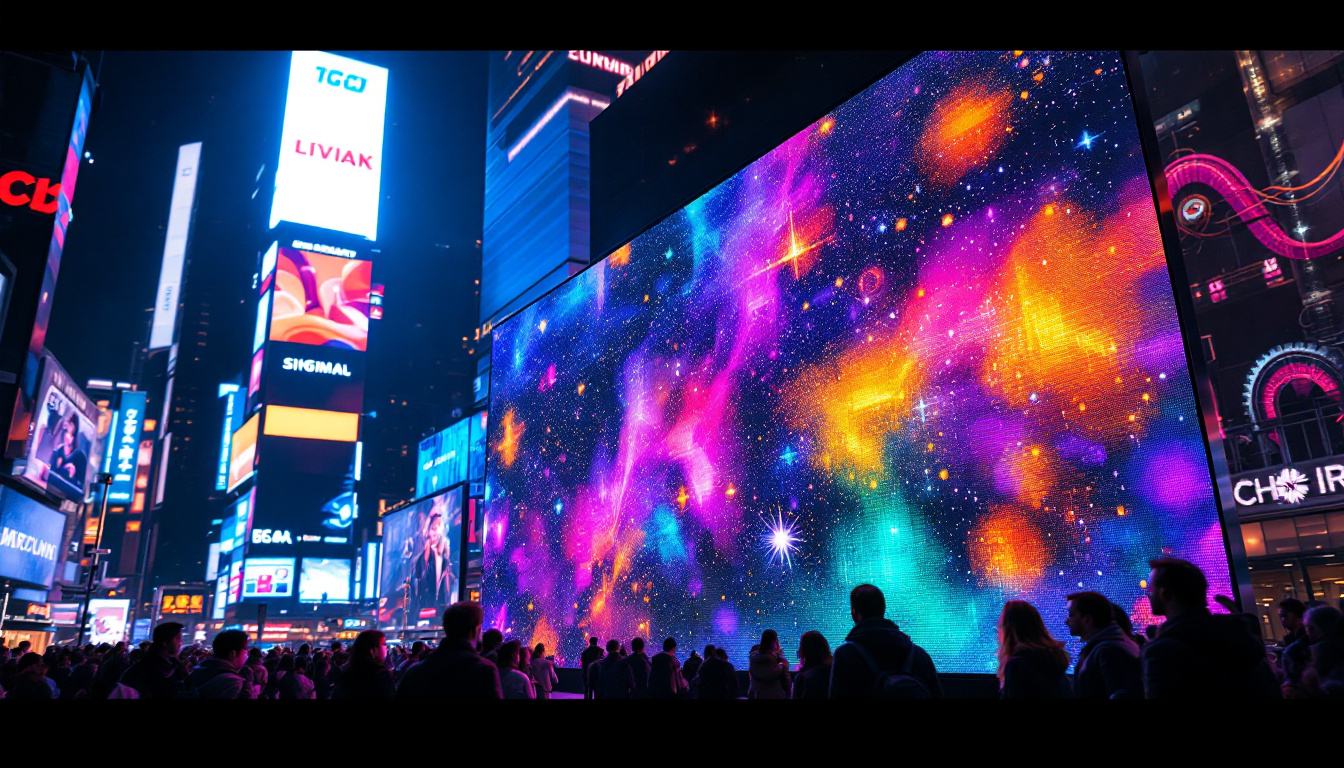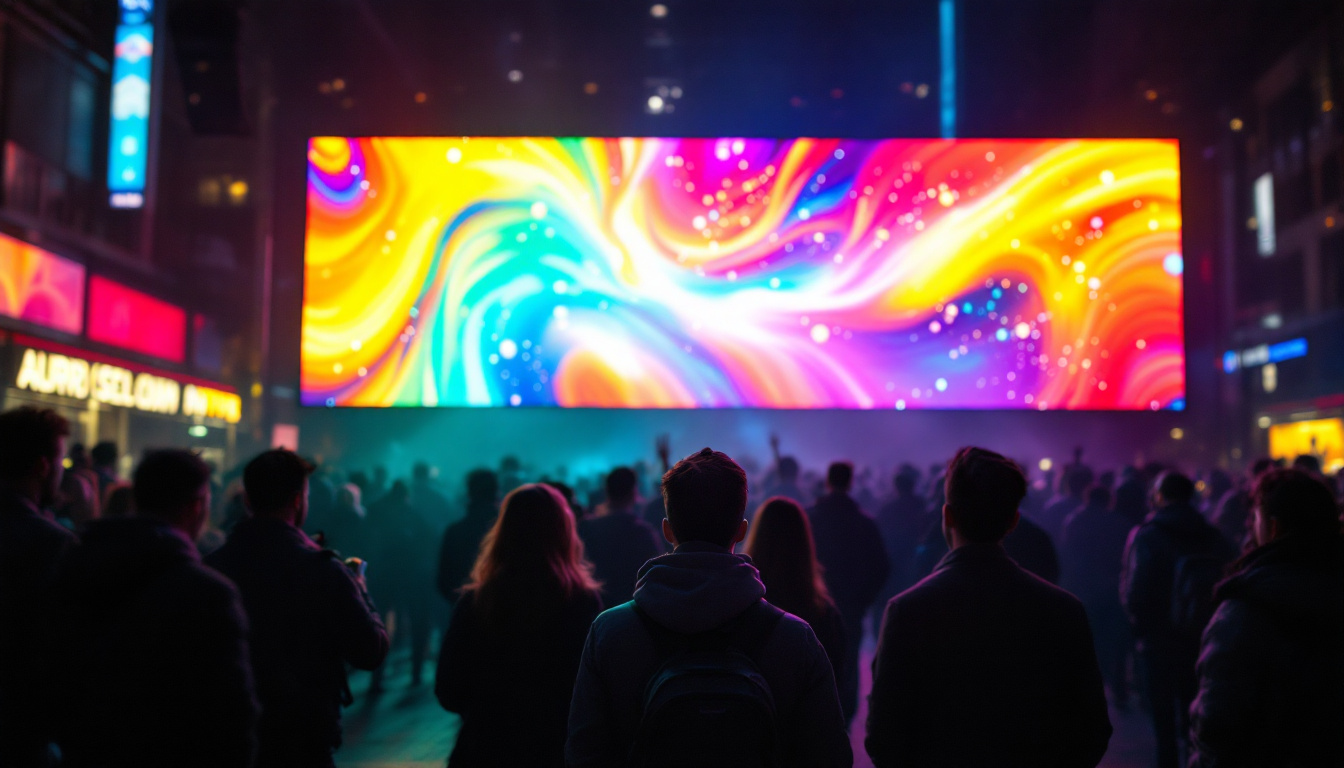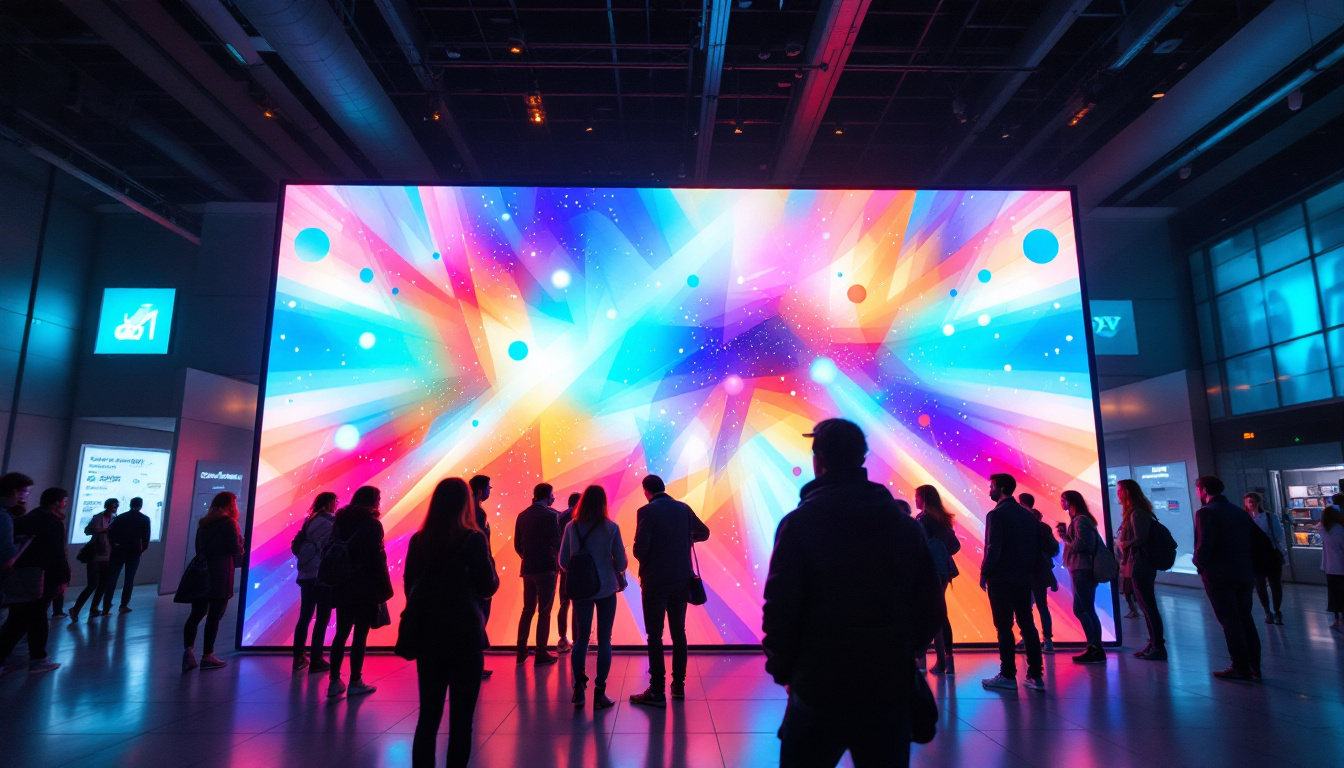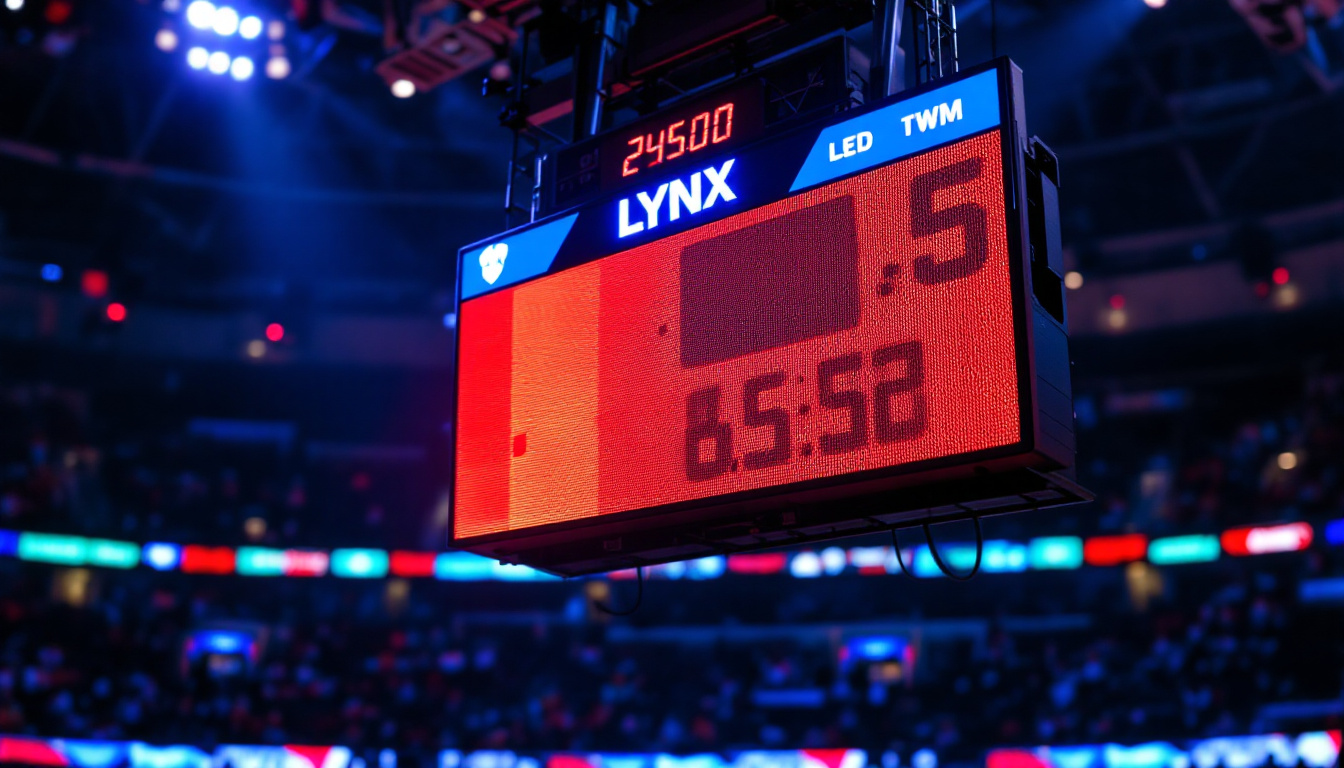Introduction to the Goodwin Research Laboratory
The VCU Massey Comprehensive Cancer Center is renowned for its commitment to advancing cancer research and treatment. Within this esteemed institution lies the Goodwin Research Laboratory, a hub of innovation and scientific inquiry. This laboratory plays a pivotal role in cancer research, focusing on understanding the complexities of cancer biology and developing novel therapeutic strategies.
One of the standout features of the Goodwin Research Laboratory is its state-of-the-art LED display technology. This technology not only enhances the laboratory’s research capabilities but also facilitates effective communication of complex data. Understanding the role of LED displays in such an advanced research environment is crucial for grasping how modern technology is reshaping the landscape of cancer research.
In addition to its cutting-edge display technology, the Goodwin Research Laboratory is equipped with a variety of advanced tools and instruments that allow researchers to conduct high-throughput screenings and detailed molecular analyses. This includes next-generation sequencing machines, which enable scientists to decode the genetic makeup of tumors, providing insights into mutation patterns and potential therapeutic targets. The integration of these technologies fosters a collaborative atmosphere, where interdisciplinary teams can work together to translate their findings into actionable treatments for patients.
The laboratory also places a strong emphasis on training and education, hosting workshops and seminars that bring together leading experts in the field of oncology. These events not only enhance the knowledge base of the researchers but also encourage the exchange of ideas and best practices among peers. By fostering a culture of continuous learning and collaboration, the Goodwin Research Laboratory not only advances its own research agenda but also contributes to the broader scientific community’s understanding of cancer and its complexities.
The Importance of LED Displays in Research
LED displays have become an integral part of modern laboratories, particularly in fields that require real-time data visualization and analysis. The Goodwin Research Laboratory utilizes these displays to present intricate data in a manner that is both accessible and engaging.
These displays serve multiple functions, from showcasing experimental results to facilitating collaborative discussions among researchers. The clarity and vibrancy of LED technology allow for a more intuitive understanding of data, which is essential in a field as complex as cancer research.
Enhancing Data Visualization
Data visualization is a critical aspect of scientific research. In the Goodwin Research Laboratory, LED displays transform raw data into visually compelling formats. This capability is particularly beneficial when presenting multifaceted information, such as genomic data or clinical trial results.
By utilizing LED technology, researchers can create dynamic presentations that highlight key findings, trends, and correlations. This not only aids in individual analysis but also fosters collaborative efforts, as team members can easily interpret and discuss the displayed information.
Facilitating Real-Time Collaboration
Collaboration is at the heart of scientific advancement. The Goodwin Research Laboratory leverages LED displays to enhance communication among researchers. Real-time data sharing and visualization allow for immediate feedback and brainstorming sessions, which can lead to innovative solutions and discoveries.
Moreover, these displays can be linked to various data sources, enabling researchers to access and analyze information on-the-fly. This capability is particularly useful during team meetings, where quick access to data can drive discussions and decision-making processes.
Engaging Presentations for Outreach and Education
In addition to internal use, LED displays in the Goodwin Research Laboratory also play a significant role in outreach and education. The laboratory frequently hosts seminars, workshops, and public events aimed at educating the community about cancer research and treatment advancements.
With vibrant and engaging presentations facilitated by LED technology, the laboratory can effectively communicate complex scientific concepts to a broader audience. This not only raises awareness about cancer research but also encourages community involvement and support.
Technical Aspects of LED Displays
Understanding the technical specifications of LED displays used in the Goodwin Research Laboratory is essential for appreciating their capabilities. These displays are designed to meet the rigorous demands of a research environment, ensuring reliability and performance.
Key features such as resolution, brightness, and color accuracy play a significant role in the effectiveness of these displays. The Goodwin Research Laboratory invests in high-quality LED technology to ensure that researchers can visualize data with precision and clarity.
Resolution and Clarity
Resolution is a critical factor in the effectiveness of any display technology. In the context of the Goodwin Research Laboratory, high-resolution LED displays allow for detailed visualizations of complex data sets. This clarity is essential when analyzing microscopic images or intricate graphs.
Researchers benefit from the ability to zoom in on specific data points without losing clarity, enabling them to make informed decisions based on the most accurate information available.
Brightness and Visibility
Brightness is another vital aspect of LED displays. The Goodwin Research Laboratory often operates in environments with varying lighting conditions. High-brightness LED displays ensure that data remains visible and legible, regardless of ambient light levels.
This feature is particularly important during collaborative sessions, where multiple researchers may be viewing the display from different angles and distances. Ensuring that all team members can clearly see the data fosters a more inclusive and productive discussion.
Color Accuracy and Representation
Color accuracy is paramount when it comes to data visualization. The Goodwin Research Laboratory relies on LED displays that offer precise color representation, which is crucial for interpreting data correctly. For instance, in genomic studies, different colors may represent various gene expressions or mutations.
Accurate color representation allows researchers to draw valid conclusions and make critical decisions based on the displayed data. This level of detail is essential for maintaining the integrity of scientific research.
Applications of LED Displays in Cancer Research
The applications of LED displays in the Goodwin Research Laboratory are diverse and impactful. From data analysis to educational outreach, these displays serve multiple purposes that enhance the overall research experience.
By integrating LED technology into their workflows, researchers can streamline processes, improve communication, and ultimately advance their understanding of cancer biology.
Data Analysis and Interpretation
Data analysis is a cornerstone of cancer research, and LED displays play a crucial role in this process. Researchers can utilize these displays to visualize complex data sets, making it easier to identify patterns and trends that may not be immediately apparent in raw data.
For example, during the analysis of clinical trial results, researchers can present data in various formats, such as graphs, charts, and heat maps, to facilitate interpretation. This dynamic approach allows for a more comprehensive understanding of the data and can lead to more informed conclusions.
Training and Education
Training new researchers and educating students are essential components of the Goodwin Research Laboratory’s mission. LED displays are instrumental in creating engaging training sessions that enhance learning experiences.
By utilizing interactive presentations and visual aids, instructors can convey complex concepts more effectively. This approach not only aids in knowledge retention but also encourages active participation from trainees, fostering a collaborative learning environment.
Public Engagement and Awareness
Engaging the public in cancer research is vital for raising awareness and garnering support for ongoing studies. The Goodwin Research Laboratory uses LED displays during community outreach events to present information in an accessible and visually appealing manner.
By showcasing research findings, advancements in treatment, and the importance of cancer prevention, these displays help demystify the research process and encourage public involvement. This engagement is crucial for building a supportive community around cancer research initiatives.
Future Trends in LED Technology for Research
The landscape of LED technology is continually evolving, and the Goodwin Research Laboratory is poised to take advantage of these advancements. As technology progresses, new opportunities for enhancing research capabilities will emerge.
Future trends in LED displays may include improved resolution, enhanced interactivity, and even more sophisticated data integration capabilities. These advancements will further streamline research processes and facilitate collaboration among scientists.
Integration with Artificial Intelligence
One of the most exciting prospects for the future of LED displays in research is their potential integration with artificial intelligence (AI). AI can analyze vast amounts of data and provide insights that can be visualized on LED displays in real-time.
This integration could revolutionize how researchers interpret data, allowing for quicker decision-making and more efficient research processes. The Goodwin Research Laboratory is likely to explore these possibilities as AI technology continues to advance.
Enhanced Interactivity and User Experience
Future LED displays may also focus on enhancing interactivity, allowing researchers to manipulate data in real-time during presentations. This capability could enable more dynamic discussions and facilitate deeper dives into specific data points.
By creating a more engaging user experience, researchers can foster collaboration and innovation, ultimately leading to more significant breakthroughs in cancer research.
Sustainability and Energy Efficiency
As the world becomes increasingly aware of environmental issues, sustainability in technology is becoming a priority. Future LED displays are expected to be more energy-efficient and environmentally friendly, aligning with the broader goals of sustainability in research practices.
The Goodwin Research Laboratory is committed to adopting sustainable practices, and investing in eco-friendly LED technology will contribute to this mission while also reducing operational costs.
Conclusion
The VCU Massey Comprehensive Cancer Center’s Goodwin Research Laboratory exemplifies the integration of cutting-edge technology in cancer research. The use of LED displays has transformed how researchers visualize data, collaborate, and engage with the community.
As technology continues to advance, the potential for LED displays in research will only grow, paving the way for new discoveries and innovations in the fight against cancer. The commitment to utilizing state-of-the-art technology reflects the laboratory’s dedication to improving cancer outcomes and enhancing the overall research experience.
Discover LumenMatrix LED Display Solutions
As you’ve seen, LED displays are revolutionizing the field of cancer research, enhancing data visualization and fostering collaboration at the VCU Massey Comprehensive Cancer Center’s Goodwin Research Laboratory. If you’re inspired by the potential of LED technology to transform your own research, presentations, or outreach efforts, we invite you to explore the innovative solutions offered by LumenMatrix. With a range of products from Indoor and Outdoor LED Wall Displays to specialized options like Vehicle and Sports Displays, LumenMatrix is at the forefront of creating immersive visual experiences. Check out LumenMatrix LED Display Solutions today and see how they can illuminate your work with precision and brilliance.

